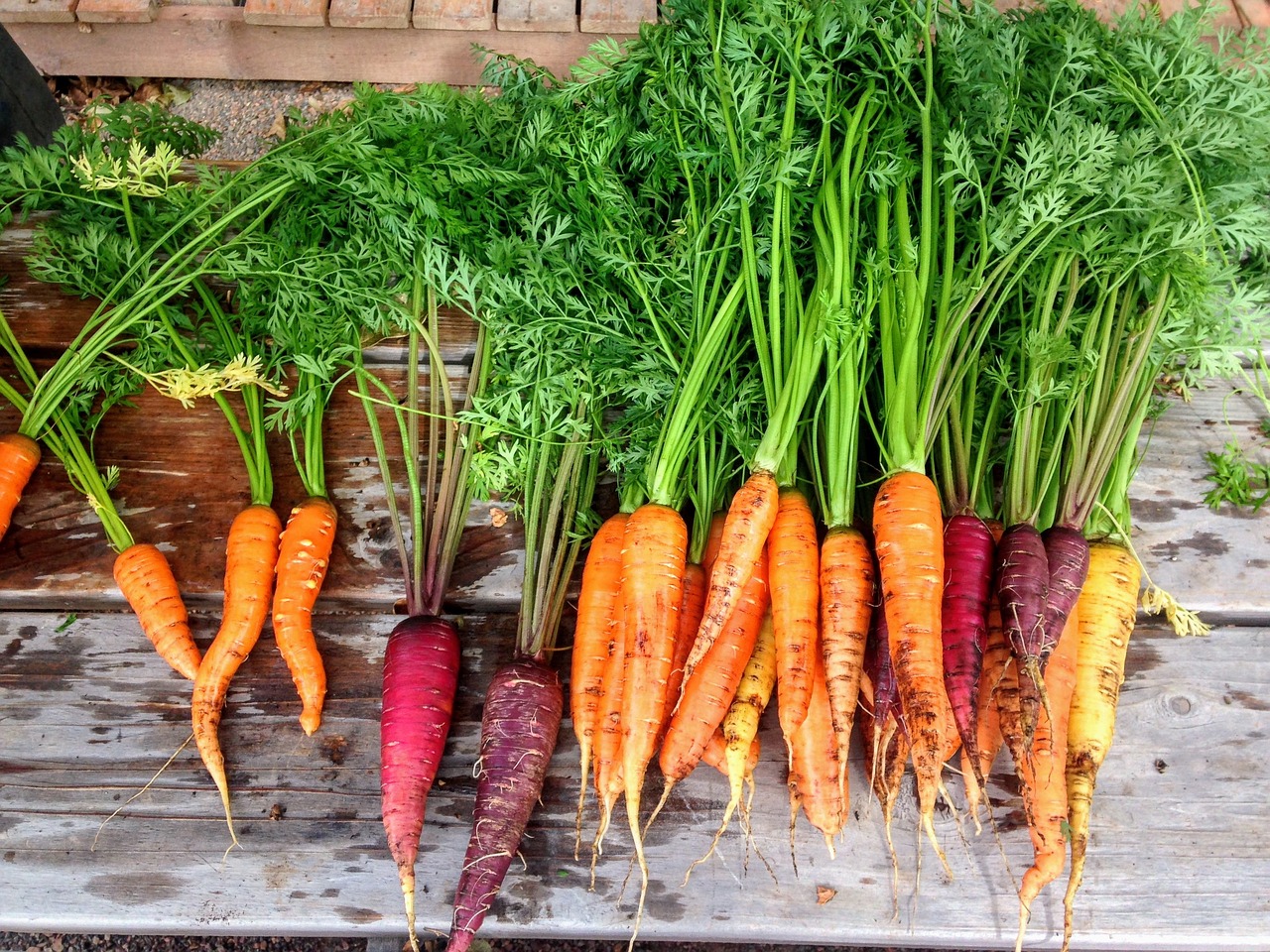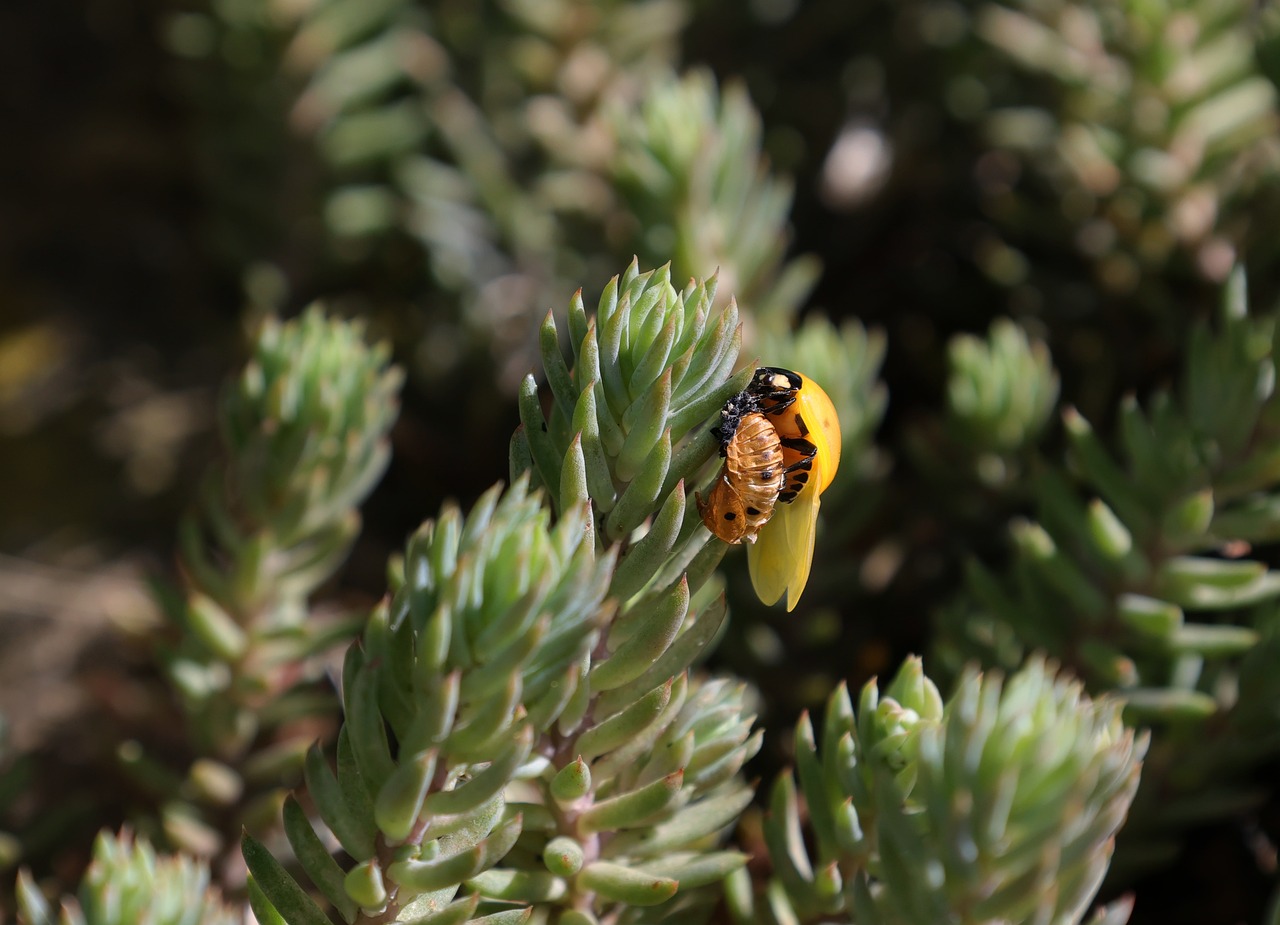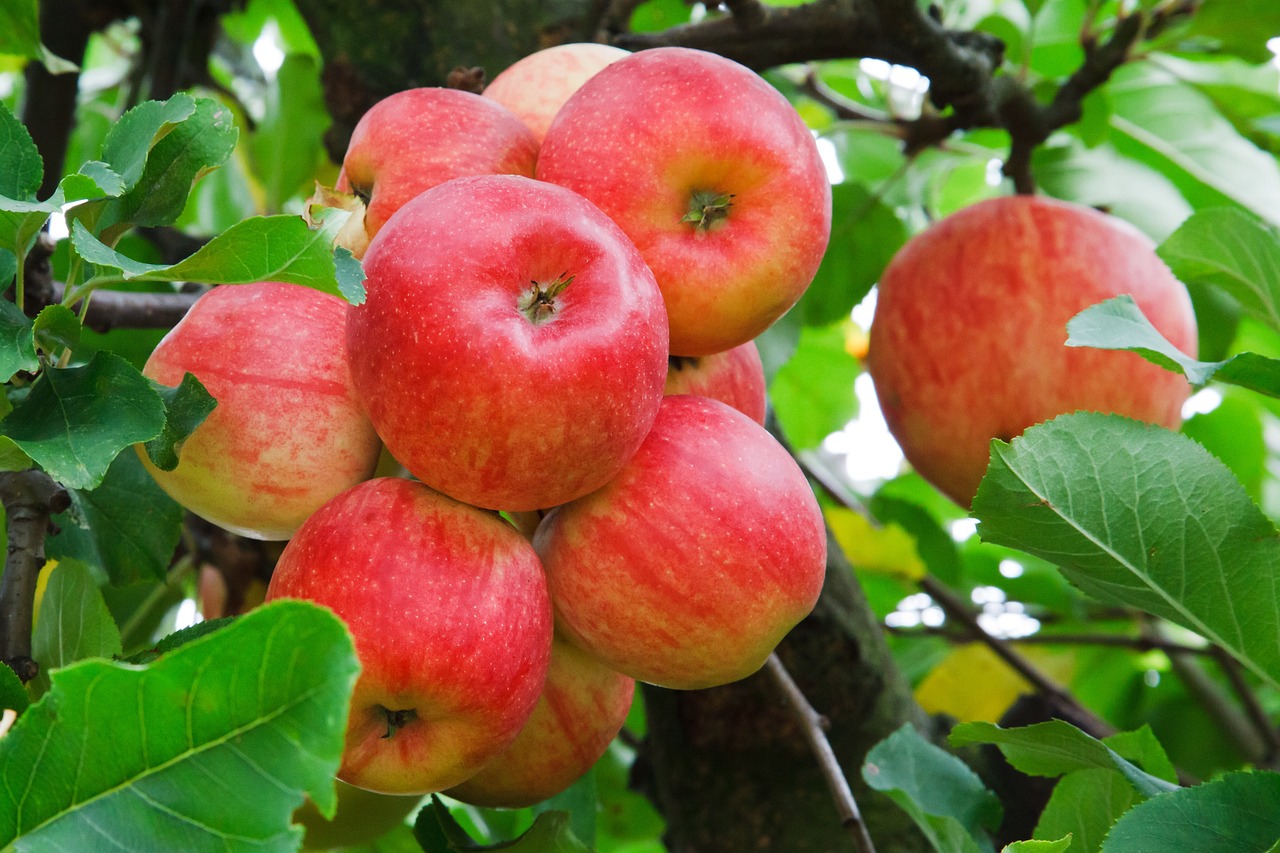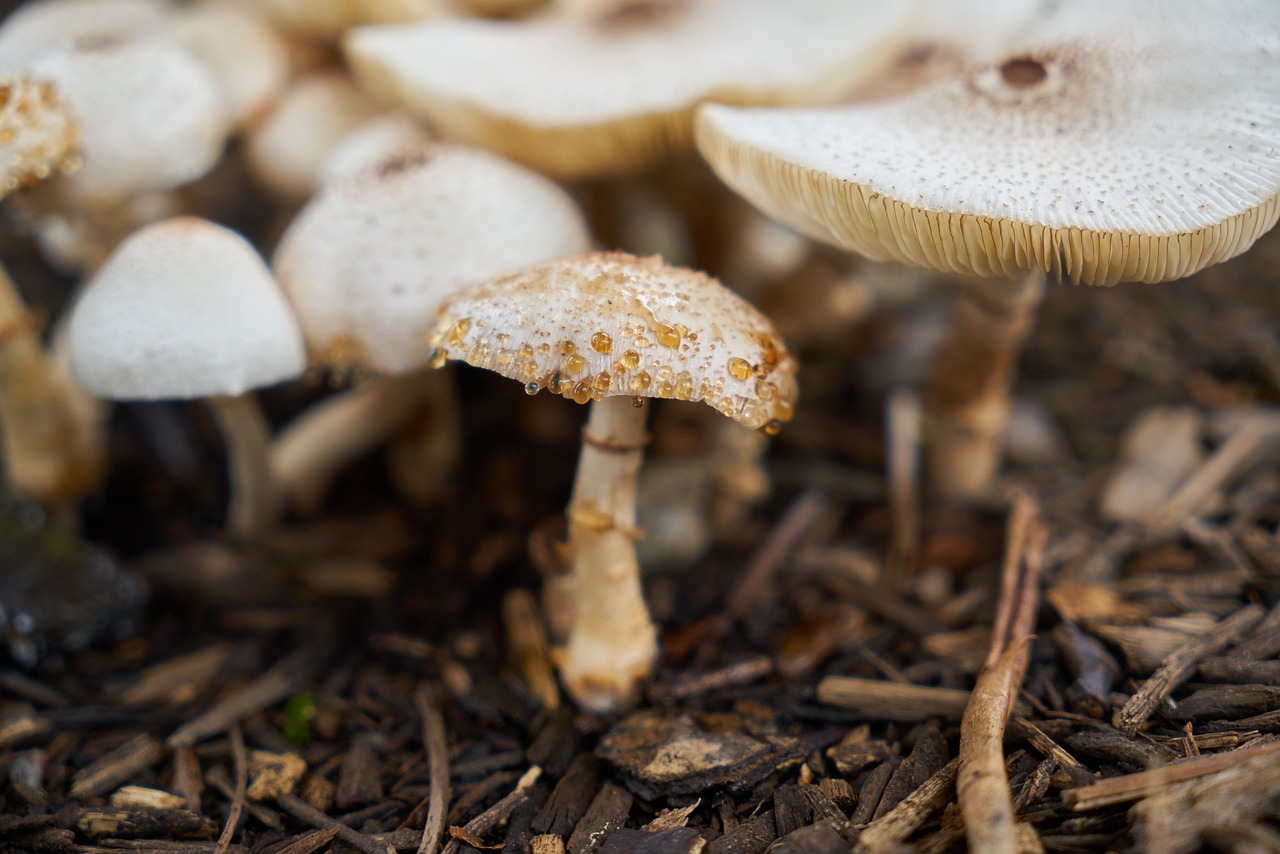Do you love the taste of fresh, crunchy carrots straight from the garden? Growing your own organic carrots at home is easier than you might think! With a little bit of planning and preparation, you can enjoy a bountiful harvest of flavorful, nutritious carrots that are free from harmful pesticides and chemicals.
In this article, we’ll share some strategies for successfully growing organic carrots in your own backyard.
First, we’ll discuss the importance of choosing the right soil for your carrots. The soil you use will have a big impact on the quality and taste of your carrots, so it’s important to choose a soil that is rich in nutrients and provides good drainage.
We’ll also cover how to prepare your garden bed for planting, including tips for improving soil quality and creating optimal growing conditions for your carrot seedlings.
So, roll up your sleeves and get ready to grow some delicious, healthy carrots!
Choosing the Right Soil for Your Carrots
Don’t settle for just any soil – you’ve got to find the perfect match for your precious carrot babies! When it comes to growing organic carrots at home, the type of soil you choose is crucial.
Avoid using heavy clay soils that can easily become compacted, making it difficult for the carrots to grow deep roots. Similarly, sandy soils tend to drain too quickly, leaving the carrots thirsty and dry.
To ensure healthy growth, you can amend the soil with organic matter such as compost, leaf mold, or well-rotted manure. This helps to improve the soil structure, increase its water-holding capacity, and provide essential nutrients for your carrots.
Additionally, adding a balanced fertilizer can give your carrots a nutrient boost to help them grow big and strong. By choosing the right soil and amending it with organic matter, you can set your carrots up for success and enjoy a bountiful harvest.
Preparing Your Garden Bed for Planting
Properly preparing your garden bed is crucial for ensuring a successful carrot harvest. Before planting, it’s important to test your soil to determine its pH level and nutrient content. This will allow you to make any necessary adjustments to ensure your soil is optimal for growing carrots. You can purchase a soil testing kit from your local garden center or have a professional test your soil for you.
Once you’ve determined your soil’s needs, it’s time to prepare your garden bed. Start by removing any weeds or debris from the area. Next, add a layer of compost to your soil. Compost applications will help to improve the soil’s texture, increase its water-holding capacity, and provide essential nutrients for your carrots. Spread the compost evenly across your garden bed and use a rake to mix it into the soil.
With these steps, you’ll be setting the foundation for a successful and abundant carrot harvest.
Planting and Caring for Your Carrot Seedlings
To get started with planting your carrot seedlings, you’ll need to make sure that the soil is moist and loose enough to easily accommodate the young plants. Carrots prefer well-draining soil, so make sure to mix in some sand or gravel to improve drainage. You can also add compost or organic fertilizer to provide nutrients for the seedlings.
Once you’ve prepared the soil, it’s time to plant the carrot seedlings. Sow the seeds thinly, about 1/4 inch deep, and cover them with a light layer of soil. As the seedlings grow, you’ll need to thin them out to give each plant enough space to develop.
Use thinning techniques like gently pulling out the smaller plants or using scissors to snip them off at the soil line. Finally, be sure to manage pests by keeping the garden bed clean and free of debris, using natural pest repellents, and monitoring the plants regularly for signs of damage.
With proper care, you’ll have a bountiful harvest of delicious, homegrown organic carrots.
Harvesting Your Organic Carrots
When your carrot plants have grown to maturity and the tops of the carrots have reached about 1 inch in diameter, it’s time to start harvesting them.
To harvest your organic carrots, gently pull them out of the soil by the tops, taking care not to damage the carrots. If you find that the carrots are difficult to pull out, use a garden fork to loosen the soil around them.
Once you have harvested your organic carrots, there are a number of creative recipes you can make with them. Try roasting them with a drizzle of olive oil and some herbs, or grate them into a salad for a crunchy and sweet addition.
If you have harvested more carrots than you can use at once, consider preserving them through pickling or canning. And don’t forget to compost the carrot tops! They’re rich in nutrients and can be added to your compost bin for healthy soil.

Storing and Enjoying Your Homegrown Carrots
You’ll love the sweet and earthy flavor of your homegrown carrots, and they’ll stay fresh for longer if you store them in a cool, dark place like your refrigerator’s crisper drawer. To preserve your carrots and enjoy them for weeks, remove the tops and wash them thoroughly.
Wrap them in a damp paper towel and store them in a plastic bag with a few holes poked in it to allow for air circulation. They’ll stay crisp and delicious for up to a month.
When it comes to enjoying your homegrown carrots, the possibilities are endless. You can use them to make classic dishes like roasted carrots or carrot soup, or get creative with carrot hummus or carrot fries.
Carrots also pair well with sweet flavors like honey or maple syrup, so try roasting them with a drizzle of honey or tossing them in a maple glaze. With so many delicious carrot recipes out there, you’ll never run out of ways to enjoy your homegrown harvest.
Frequently Asked Questions
How do I know if my carrots are ready to be harvested?
To determine if your carrots are ready for harvesting, gently dig around the top of the carrot and check the size. If they’re about an inch in diameter, they’re ready. Store them in a cool, dry place.
Can I grow carrots in a container instead of a garden bed?
Yes, you can grow carrots in a container! Container gardening tips include using a deep pot, well-draining soil, and keeping the soil moist. The best carrot varieties for container gardening are shorter, like Thumbelina or Paris Market.
What pests should I be on the lookout for when growing organic carrots?
Watch out for pests like carrot rust flies and aphids when growing organic carrots. Companion planting with herbs like rosemary and using natural remedies like neem oil can help prevent and treat infestations.
How often do I need to water my carrot seedlings?
To ensure healthy carrot seedlings, water them every two to three days or as soon as the top inch of soil becomes dry to the touch. Check soil moisture by inserting your finger about an inch deep.
Can I save carrot seeds from my homegrown carrots to plant next season?
Yes, you can save carrot seeds from your homegrown carrots to plant next season. To ensure seed viability, let the carrots fully mature, dry out, and store them in a cool, dry place.
Conclusion
Congratulations on successfully growing your own organic carrots at home! You can now enjoy the fruits of your labor by incorporating them into your meals or sharing them with friends and family.
Remember to properly store your carrots by removing the greens and placing them in a plastic bag in the refrigerator. When you’re ready to use them, simply rinse and peel them, and they’re ready to be chopped or grated into your favorite dishes.
By following the strategies outlined in this article, you can continue to grow a variety of fresh and healthy produce in your own backyard. Happy gardening!










